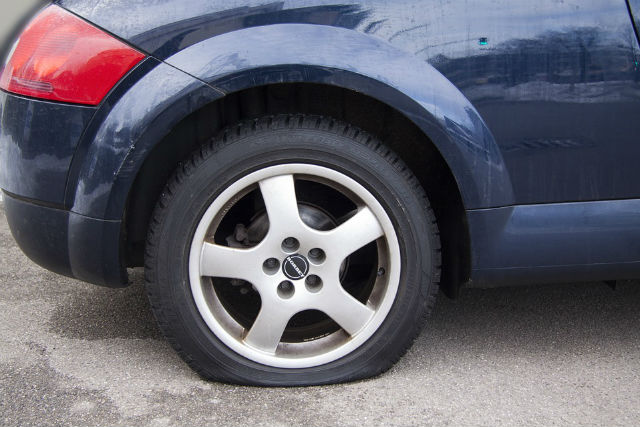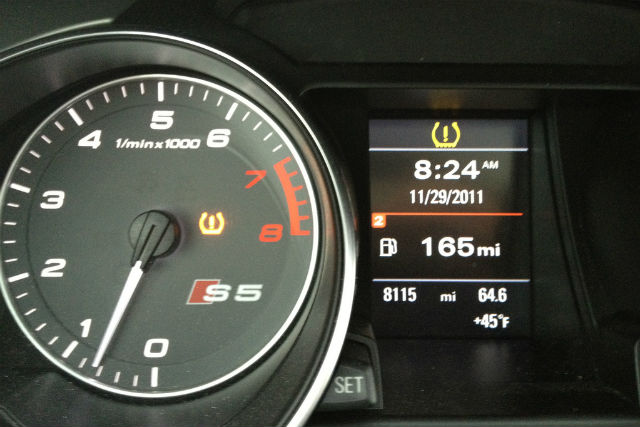As the only part of the car that touches the floor, tyres are pretty important. In fact, they are the most important thing about your car.
It doesn’t matter if you have sophisticated, traction-shifting, four-wheel drive or you are the best driver in the world – if you have under or overinflated tyres, you can put yourself and your passengers in danger. So how do you check car tyre pressure?
In this guide we tell you everything you need to know about checking tyre pressure.
When should I check my tyre pressure?
You should aim to check your car’s tyre pressure at least once a month. However, if the weather is particularly hot, then you may want to check them more frequently, as tyre pressure decreases faster in warm weather.
When checking your tyre pressure, you should ensure your tyres are cold. In other words, do it before you start driving, to ensure an accurate reading. Other things such as loading your car up with heavy luggage can also deplete tyre pressure. Although you may check your tyre pressure before going camping for example, you should check the tyre pressure again once the car is loaded up.
How much air do I put in my tyres?
Before you do anything, you’ll first have to determine how much air should be in your tyres. This varies from car to car.
The best way to check what tyre pressure your car should have is by either examining the car’s handbook or checking the fuel cap. Some car’s also feature the correct tyre pressure on a sticker located on the driver’s door.
You need to then match your tyres pressure with whatever the car’s optimum tyre pressure is. You’ll notice that the front and back tyres will have slightly different readouts. These figures will either be represented in BAR or PSI.

Both of these figures will give the same tyre pressure and it’s ultimately up to you – and the tyre pressure gauge you use – which one you choose to follow. Just make sure you are aiming for the right figure, as BAR and PSI figures are drastically different.
A family hatchback for example, may require 2.3 BAR in its front tyres and 2.1 BAR in its rear tyres. This would be equivalent to 34 PSI and 31 PSI respectively.
How to use a tyre pressure gauge?
To put air into your tyres, and to monitor how much you are putting in, you will need a tyre pressure gauge. These are very easy to find – most home stores sell them for about £30 and under. Once you’ve got one of these, you’ll want to attach the nozzle to your tyre’s valve. Once you’ve secured the seal, you can then activate the tyre pressure gauge.
Once you press the button on the tyre pressure gauge it will likely start making a loud thumping sound. This is normal – it is the air being pumped in. As soon as this starts working the screen on your monitor should give you a readout of what your current tyre pressure is. Once you know this figure you then either add more air until you reach the desired figure, or, let air out if you are over that figure. That brings us on to overinflating.
Overinflating and underinflating
This is pretty simple. Overinflated tyres have too much air in, whereas underinflated haven’t got enough air in. Understanding the importance of this is crucial.

The main function of your tyres, and their meticulously designed tread, is to grip the road. If your tyres are not inflated correctly, then this tread hasn’t got optimum contact with the road and can’t work effectively. This can in turn result in an accident.
Tyre Pressure Monitoring Systems
Some cars have a Tyre Pressure Monitoring System, which remotely monitors the air pressure of your car’s tyres. This is usually represented with a dashboard or instrument cluster readout.

This can help you monitor air pressure, but you will still have to put air in yourself if you fall below the desired figure.




